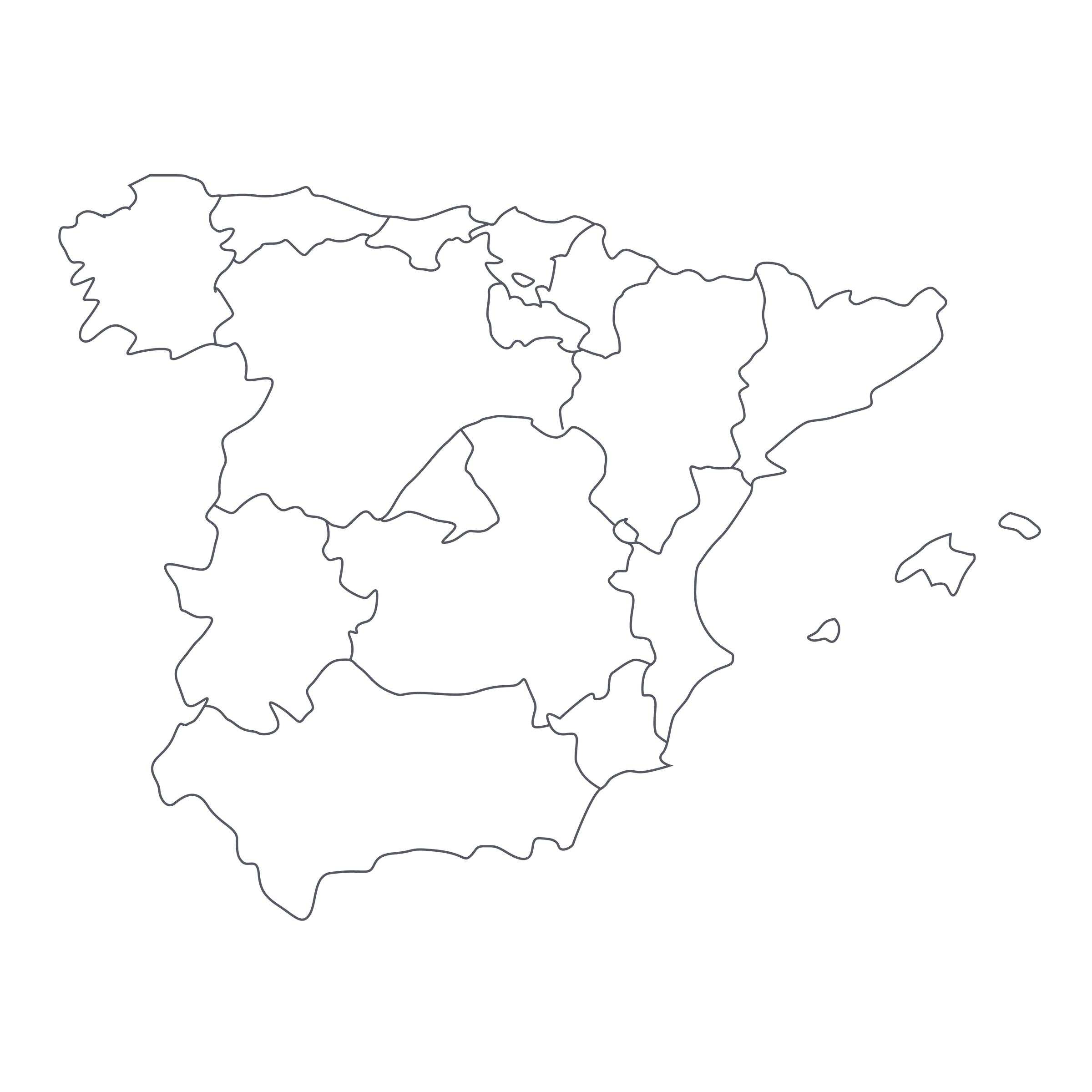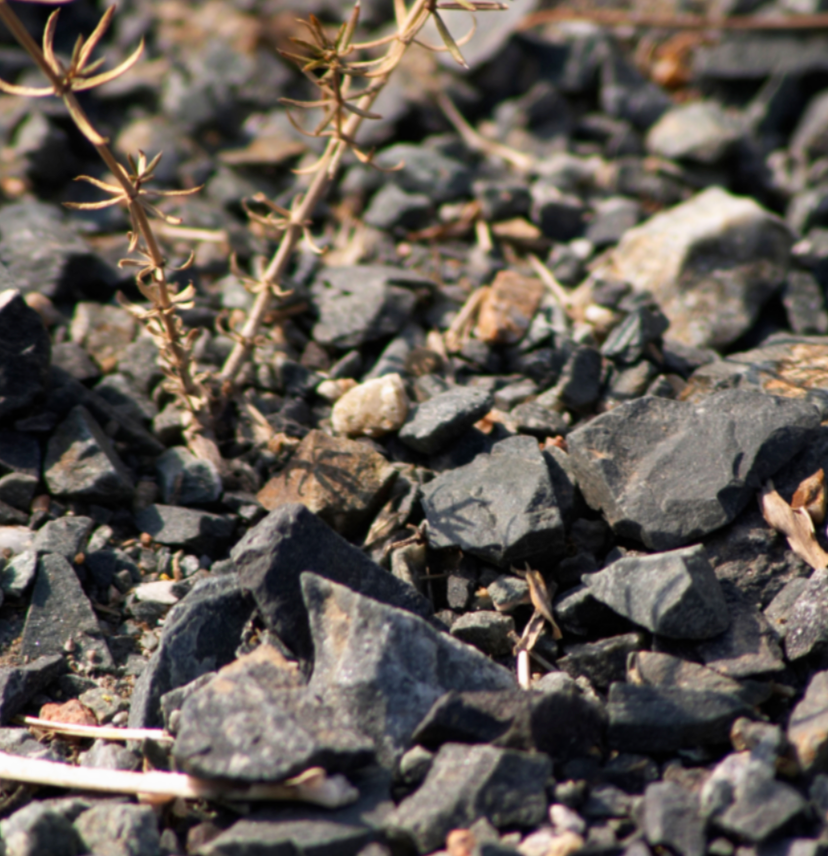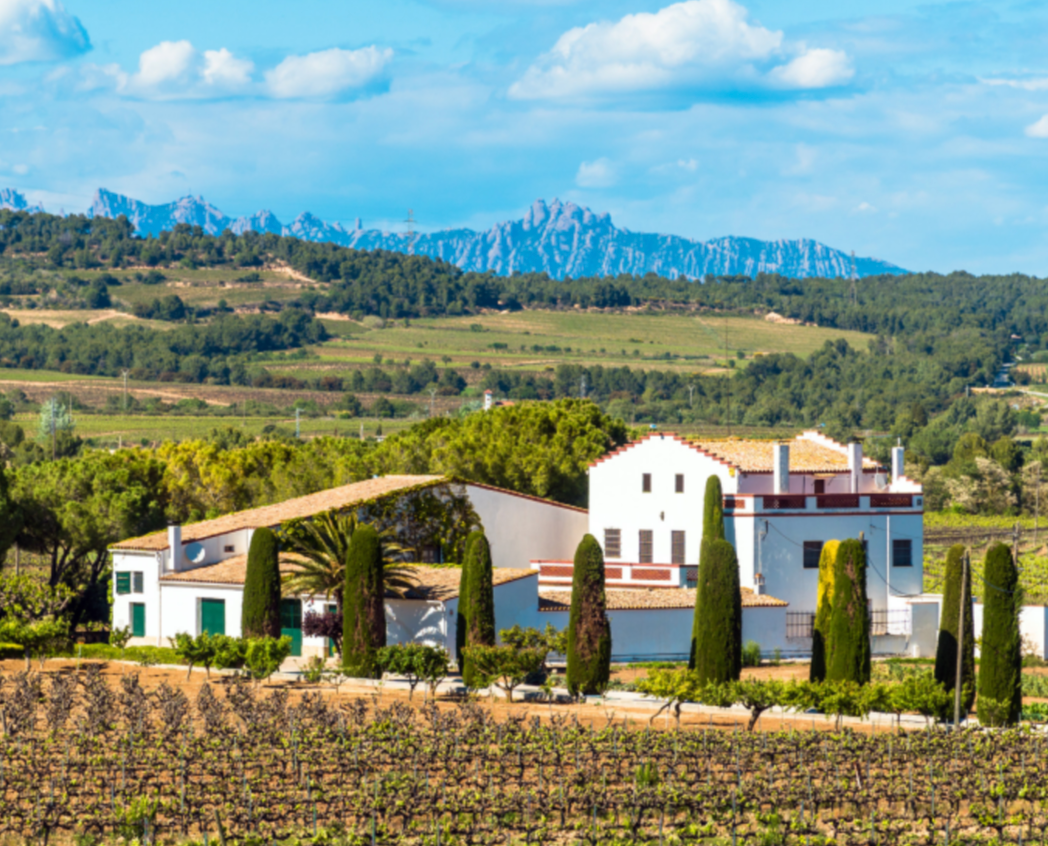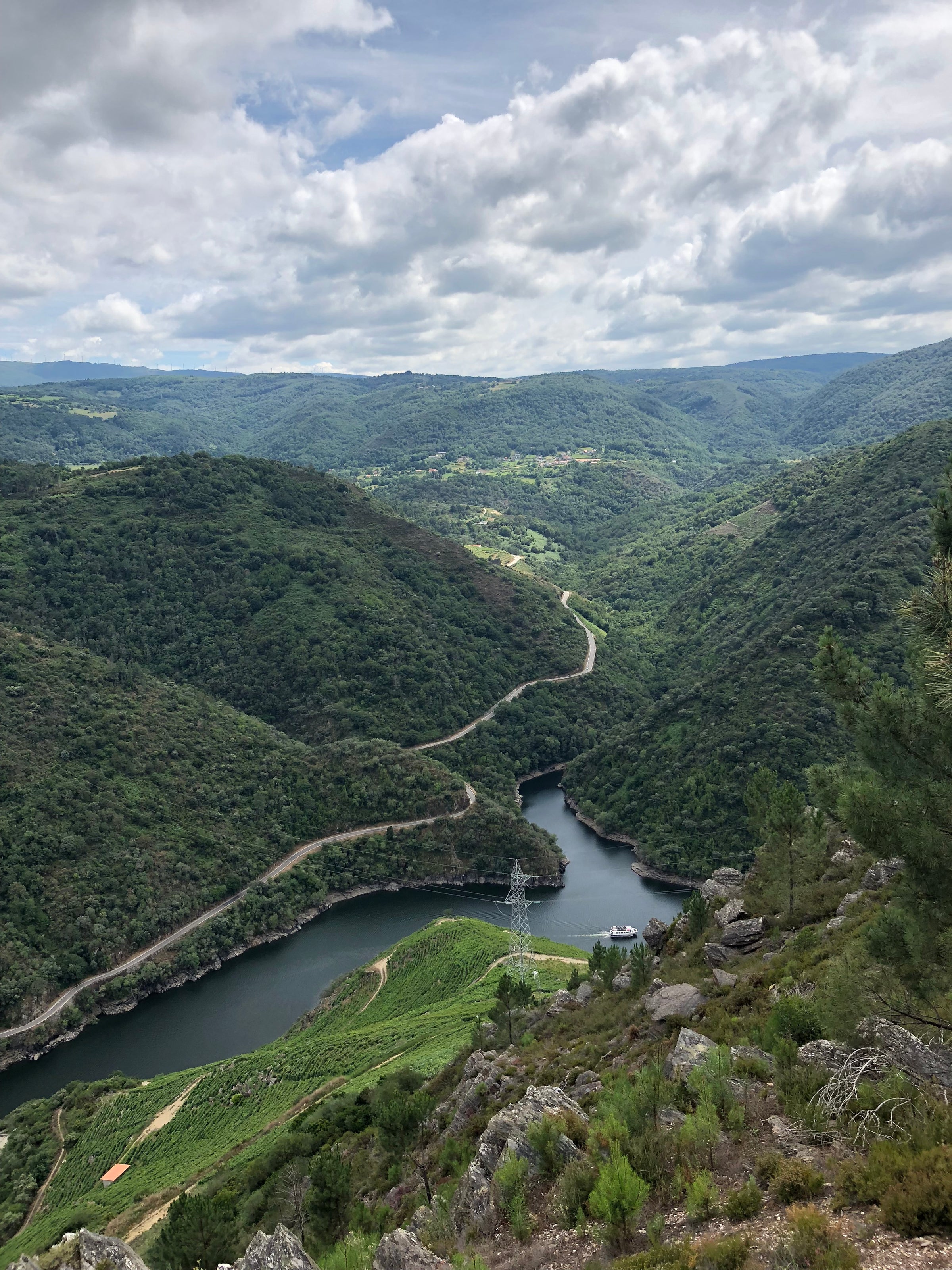If you’ve been a part of SommSelect for a while, you’re aware that Raúl Pérez resides on our short list of must-know names. Whether it’s his Mencía-based masterpieces from Bierzo, Albariños from Rías Baixas, or one of the other innumerable projects he’s involved in, his wines revolutionized our expectations of what’s possible in Spain. Now, with Bodegas Margón’s “Valdemuz,” we revel in perhaps his most mind-bending creation yet.
Today’s severely limited red is the apotheosis of the Spanish maestro’s vision, featuring (1) centenarian vines of the obscure Prieto Picudo variety, (2) a truly unique and prolonged upbringing in the cellar, and (3) a flavor profile like no other. It all combines for a magisterial experience, marrying concentrated dark fruits to a wild yet polished edge and that sense of mineral freshness that’s become Perez’s calling card. Even in a stable of wines as loaded and kaleidoscopic as Raúl’s, this stands out as truly unique. Consider it a particularly beautiful feather in the master’s cap. Fewer than 150 cases were produced—do not miss it!
Northwestern Spain is on a years-long hot streak with the global wine cognoscenti, and Raúl Pérez is the man to thank for it. He’s spent the past two decades turning out chiseled, Burgundian wines from here that stand as stark counterpoints to the country’s reputation for inky and alcoholic reds. With Bodegas Margón, his seemingly infinite drive reaches new heights, as he forges his own path through the virtually unexplored terroir of León.
León is one of the newest DOs in Spain, and until 2019 went by Tierra de León. Think of it as the gateway between the cool, “green Spain” of the Northwest and the hotter, more famous interior where Tempranillo-focused appellations like Toro and Ribero del Duero are located. It’s a dry, undulating landscape where ancient bush vines ripen under intense daytime sun and very cold nights. León reds are almost exclusively based around the indigenous Prieto Picuco variety. It’s a fascinating grape, preferring very hot and dry climates but singing with a bright acidity and mineral core to offset rich, dark fruit.
“Valdemuz” is a particularly special embodiment of this landscape. It hails from bush-trained vines ranging from 80 to 120 years old. The Prieto grapes are hand-harvested, de-stemmed, and fermented spontaneously before the wine is aged for two years in large, neutral barrels. Perhaps the most unexpected feature of the wine is that, despite it being a red wine, it ages under a veil of yeast not unlike the flor found in Sherry or the voile in the Jura. Because of Prieto Picudo’s naturally high acid and low pH, malolactic fermentations can take a very long time to finish. The flor protects the wine from oxygen while it’s in barrel, thereby allowing the malolactic to take place without the addition of sulfur. After two years in barrel, it ages for 5+ years in bottle before official release. The end result is a profoundly distinctive, savory-yet-polished experience.
Treat “Valdemuz” as you would any bigger, bolder red with almost a decade of age, serving it just above cellar temp in Bordeaux stems, with a quick decant if you like. The nose sings of the warm climate that gave rise to it, marrying crushed blackberry, dark cherry liqueur, dried raspberry, black pepper, cedar, sandalwood, dried lavender, and hot rock minerality. There’s an inky depth to the palate with more savory mineral and spice characteristics coming through at first, followed by enlivening acidity and perfectly rounded tannins. “Valdemuz” pulls off a trick not unlike Raúl’s wines in Bierzo: its warm climate origins are immediately palpable, but the overall impression is of grace, elegance, and class. And while it’s just entering its prime drinking window, I’d be very curious to see where it goes with a few more years in the cellar. This is an opportunity no Spanish wine lover (or Rhône or Southern Italian wine lover, for that matter) can afford to pass up!







